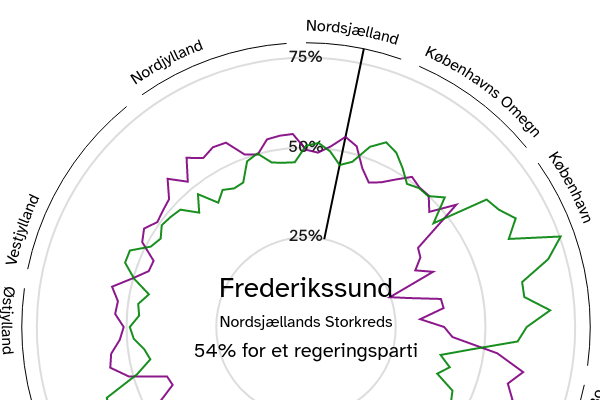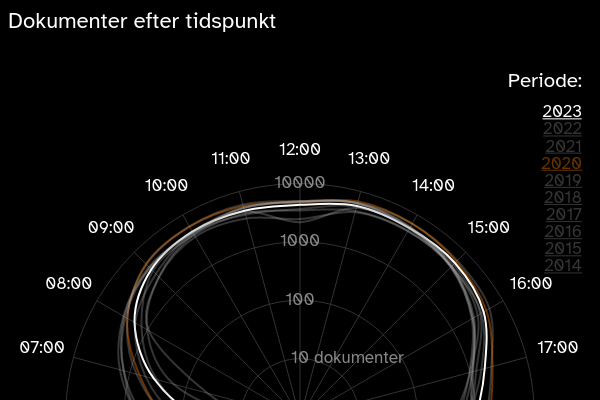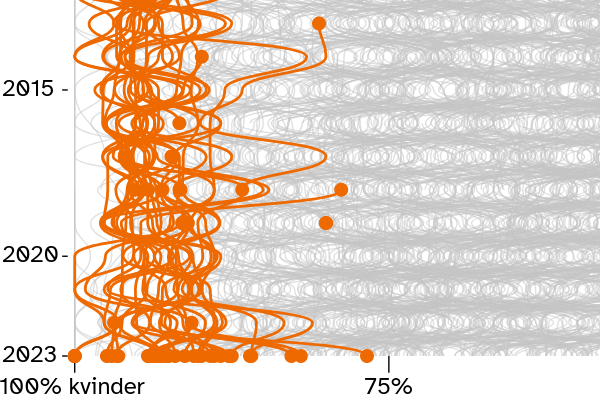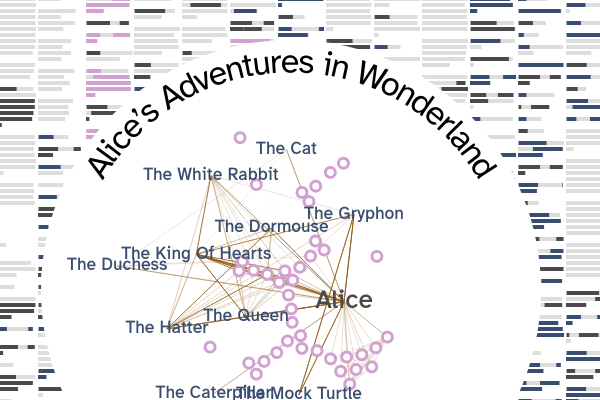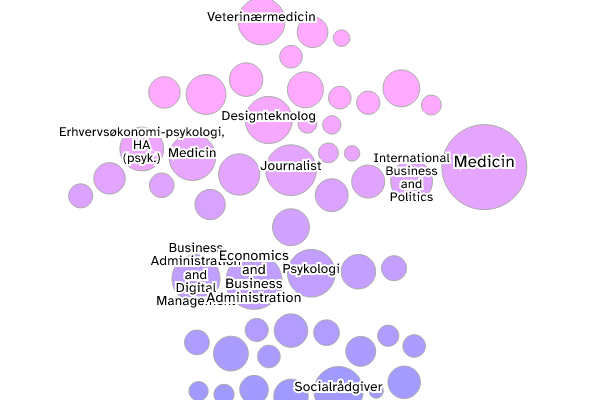Parliament voices
A graphical overview of the term of office 2019-2022 - originally released in danish
It’s probably soon time for the next election in Denmark and time for the citizens to go voting. But how have the members of the parliament voted during this term of office?
A note on danish parties: While it's a simplification of reality, the parties on left of center is often grouped in "red block" while parties on the right are in "blue block" (some parties object to this model or call themself green). The blue parties in Denmark stand for center right, conservative and right wings ideology. The red parties stand for Social democratic and left wings ideology.
Parties have a letter thats been used in the graphics.
The Social Democrats wants to keep Mette Frederiksen on the prime minister seat and have opened for a cooperation across the mid. But do the Social Democrats actually agree with blue blocks parliament candidates?
Socialdemokratiet (A) compared with Alternativet (Å), Venstre (V), Det Konservative Folkeparti (C), Liberal Alliance (I), Dansk Folkeparti (O), Danmarksdemokraterne (Æ), Nye Borgerlige (D).
How to read the graphic: You can follow the individual Social Democrat parliament member on the list to the left, and dive into their voting profile by following their line, or by pressing on a square on the line. Each square shows how many times two members have voted the same, by comparing the person's voting profile with the parliament member to the right. The deeper green the more times the two parliament members have voted the same. The deeper purple the more they disagree. White means that they vote the same at half of the votes.
Press a square to get more information.
The graphic shows how individual Social Democrat parliament members have voted, compared to the opposing parties parliament members - during the period after the election 2019.
(Alternativet is also shown, but as Frie Grønne are not visible as they are not present in Folketingets Åbne data.)
Socialdemokratiet (A) compared with Enhedslisten (Ø), Socialistisk Folkeparti (F), Radikale Venstre (B).
For comparison; here you can see how the Social Democrat parliament members have voted compared to the other parties from red block. Here we see that the Social Democrat parliament members have agreed more with the supporting parties' members, than blue blocks members.
Enhedslisten is often accused of protecting the government, even though they disagree politically in a lot of topics. But they do stand out by having voted against the Social Democrats about 25% of the time.
However, they aren't just a protest party, as they sometimes are accused of being. They have, like the other parties, more often than not, agreed when they voted.
The graphic shows a general overview of the distribution of yes and no votes.
Voting pyramids: each line is a person who has voted no (red, left) and yes (blue, right).
Venstre (liberal) is the blue (center right / conservative)
party with the most mandates in the parliament. They are going
to the election on a foundation with collaboration between other
blue block parties and want Jacob Elleman-Jensen as prime
minister.
But how much do they really agree with the other blue parties?
Venstre (V) compared to Alternativet (Å), Konservative (C), Liberal Alliance (I), Dansk Folkeparti (O), Danmarksdemokraterne (Æ), Nye Borgerlige (D)
Venstre and De Konservative have agreed on many questions, but the agreement with other blue parties appears to, generally, not differ much from how much Venstre and the Social Democrats
Dansk Folkeparti has split up and Danmarksdemokraterne has been formed. The speculations about that have questioned if the splitting mostly has been about personal relations or politics. According to our data, the two parties' parliament members have agreed wholeheartedly when they voted.
It looks different when comparing Dansk Folkeparti (O) and Nye Borgerliges' (Æ) votes. It's also worth noting that Danmarksdemokraternes (D) new leader, Inger Støjberg (previously Venstre) seems to have voted very differently from her new party.
Dansk Folkeparti (O) and Inger Støjberg compared with Danmarksdemokraterne (D), Nye Borgerlige (Æ).
Create your own comparisons
Choose 2 parties, and see how much they vote the same.
Source:
All of the data is downloaded from Folketingets Åbne Data (government period 2019 to 31'st of august 2022). Voting data only describe what the individual member has voted during a vote. The party might have a different official stance. If two members only meet each other in votes where they agree, then they might seem to agree with other more than they do in reality (or the reverse).
